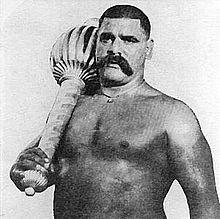
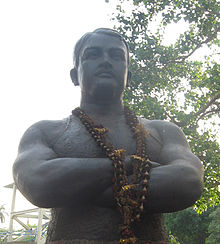
Gama Gobor Goho
After the 2016 Olympics, I had written a rather long piece on India’s poor showing the Rio Olympics and in general all the Olympics. For a country of India’s size and population, our success on the sports field did not measure up, except for cricket. Except for the string of medals in Field Hockey in the years past, our success, reflected by medals won in the Olympic Games, was rather meagre, to the dismay of all sports lovers. Then suddenly, I chanced to stumble upon an article in my e-mail surfing, a constant preoccupation in my dull, unproductive, retired life. What I found was that in addition to the 5 medals in the Olympics India had fourth place finishes on seven occasions! This woke me up – how come I was not aware of it? It brought back memories of the heart breaking fourth place finishes of Milkha Singh in 400m in Rome (1960); P.T. Usha’s missing the bronze in Women’s 400m Hurdles by .001 secs in Los Angeles (1984) and of course Dipa Karmakar’s missing the medal in gymnastics in recent Rio Olympics (2016), which threw the whole nation into gloom as we were all glued to our TV sets and the Produnova vault on everyone’s lips. But it is surprising that similar fourth place finishes of the wrestlers (seven times!) never quite entered the collective memory of our sports/Olympic enthusiasts like me. There were also a few fifth and sixth places which, I think, should also qualify as ‘competitive’
No other Olympic sport can boast of similar level of performance on the part of Indians, except perhaps Field Hockey. Add to that the 56 medals in the Asian Games (9 gold, 14 silver and 33 bronze) from 1954 to 2014 including 5 medals (1 gold, 1 silver and 3 bronze) in 2014. In addition, India won 14 medals in the 2014 Commonwealth Games (5 gold, 6 silver and 2 bronze). The better performances in the Commonwealth Games compared to the Asian Games is clearly reflective of the presence of wrestling powerhouses Iran, Uzbekistan, Tazakastan and Japan in the Asiads. All this has me fully convinced that there is talent in India in wrestling, a sport that has been included in all the Modern Olympics and even in the Ancient Olympics in Greece. Incidentally, other than Field Hockey, where Pakistan won 5 medals over the years, their other two Olympic medals were in wrestling and boxing, both bronze.
All this got me to think and explore further (with what, but Google and Wikipedia for the most part!). The trouble was, it was often difficult to separate fact from fiction.
A Brief History of Wrestling in India
Wrestling (pehlwani or kushti) has after all been a part of our heritage from the days of yore. The epic Mahabharata is replete with the exploits of Bhima, the second Pandava who demolishes numerous kings and demons with his superhuman strength. The mallayuddha in Ramayana between the monkey kings Bali and Sugriva also speaks of the presence of wrestling in India in antiquity. However, the prevailing form of wrestling in India probably evolved during the Mughal rule by combining the native malla-yuddha (which incorporates grappling, joint-breaking, punching, biting, choking and pressure point striking) with influences from Persian sources. Wrestling (of the pahalwani variety) became a very popular sport in the nineteenth and early parts of the twentieth century, particularly in Punjab and North India. Many zamindars and maharajas like the Maharaja of Patiala, avidly patronized the sport and had a stable of fighters. Legendary fighters like Karim Bux, Gulam, Rahim Baksh Sultanwala and the great Gama caught the imagination of the sporting public of the day.
We in our generation had all grown up with the name of Dara Singh and his beating up a huge foreign (read white) wrestler named King Kong. And finally talking about our tradition of wrestling, I cannot refrain from remembering the big fat men, often with huge moustaches gleefully engaged in trying to pin down each other in akhadas (wrestling mats) in the banks of the Ganges with gay abandon. It is somewhat of a mystery to me as to why these wrestlers did not try their hand at the Olympics. Perhaps it was because wrestling in India was predominantly a professional sport when the requirements of amateurism were very strongly enforced at the time. Or maybe it was because typical pehlwani as practiced in India does not translate easily to the more stringent rules of Olympic wrestling.
The Great Gama
The great Gama, also known as the Gama Pehalwan, was undoubtedly the greatest Indian wrestler of his time, perhaps of all time. In 2015, the Great Gama was inducted posthumously in the Professional Wrestling Hall of Fame (PWHF) as a wrestler of the Pioneer Era. In the list of inductees he is described as “Posthumous Inductee: Won the Indian version of the World Heavyweight Championship. Billed as the greatest pahalwan of his time”. His real name was Ghulam Mohammed Butt and he was of Kashmiri origin, born in a wrestling family in Amritsar in 1878. He was only 5’7” tall. But his strength, daily routine and food habits were legendary. He used to do five thousand squats and three thousand pushups. Gama’s daily diet was 4 gallons (15 litres) of milk, a pound and a half of crushed almond paste made into a tonic drink along with fruit juice and other ingredients to promote good digestion. Way back in 1902, he had lifted a 1200-kg stone, which is presently exhibited in the Baroda Museum in Sayajibag. It has been reported that Bruce Lee was an avid follower of Gama’s routine and incorporated them in some of his own.
After proving his mettle in India, Gama, accompanied by his younger brother Imam Bakhsh, sailed to England to compete with the western wrestlers. He could not gain instant entry, because of his lower height. He also had difficulty finding opponents to fight and had to throw esoteric challenges including to top ranked wrestlers Stanislaus Zbyszko of Poland and Frank Gotch of USA but to no avail. The first professional wrestler to take his challenge was the American Benjamin Roller, whom Gama pinned on two occasions in one day. . On the second day, Gama defeated 12 wrestlers and thus gained entry to official tournament. He was pitted against world champion Stanislaus Zbyszko for a £250 prize money. Within a minute, Zbyszko was taken down and remained in that position for the remaining 2 hours and 35 minutes of the match, thus wrestling the Indian legend to a draw after nearly three hours of grappling. The two men were set to face each other again but Zbyszko didn’t show up and Gama was announced victor. However, Gama’s inability to sign up top level opponents still plagued him as Japanese Judo champion Taro Miyake, George Hackenschmidt of Russia and Frank Gotch of the United States, all to face him in the ring. At one point, Gama offered to fight twenty English wrestlers, one after another. He announced that he would defeat all of them or pay out prize money, but still no one would take up his challenge. Shortly after his return from England, Gama faced Raheem Bakhsh Sultani Wala in Allahabad. This bout eventually ended the long struggle between the two pillars of Indian wrestling of that time in favour of Gama and he won the title of Rustam-e-Hind or Champion of India. Later in his life when asked about who was his strongest opponent, Gama replied, “Raheem Bakhsh Sultani Wala”. Gama did not have any opponents until 1927, when it was announced that Gama and Zbyszko would face each other again. The day finally came in 1928 when both wrestlers met again in Patiala. The result of the bout was quick when Gama threw Zbyszko in only 42 seconds.
The Great Gama moved to Pakistan after Partition in 1947 and settled in Lahore, where he died in 1960. G. D. Birla, the industrialist and a wrestling fan, donated ₹2,000 and a monthly pension of ₹300, and the Government of Pakistan increased the pension to Gama and supported his medical expenses until his death. His legacy lived on through his nephews, the sons of his illustrious brother Imam Bux, who were all prominent wrestlers. One of Gama’s granddaughters, Kalsoom Nawaz Sharif, is the former First Lady of Pakistan, the wife of President Nawaz Sharif.
Bholu Brothers
Five of Imam Bux’s sons (Gama’s nephews): Bholu, Aslam, Akram, Azam and and Goga, all became accomplished wrestlers and were collectively known as the Bholu Brothers. They all had impressive wins against foreign wrestlers and wrestlers from the subcontinent. In addition, some of the main wrestling gyms were owned and operated by the Bholu Pahalwan family (formerly known as Gama Wrestling Family) in Karachi and Lahore.
Perhaps the best wrestler of the Bholu Brothers was Aslam (1927-1989), the fourth brother. He was the adopted son of the Great Gama. He competed against foreign wrestlers active in India in the 1950s, including George Pencheff, the 1939 IWA Heavyweight Champion. To appease the current world trends, Aslam picked up the techniques of freestyle wrestling. In another challenge match, Aslam defeated the European Heavyweight Champion, and former World Champion, Bert Assirati in Bombay, India on 3 June 1954 in front of the 40,000 in attendance. The exact record of Aslam Pahalwan’s wrestling bouts has not been arranged yet. However, in 1953, he won the Commonwealth Championship. In 1967, Aslam was sponsored by British promoter Christopher Whelan. He toured the United Kingdom and faced opponents at the leading arenas of the North, Midlands and Scotland. There he defeated the Canadian Champion George Gordienko. On his return home he was awarded the President’s Award of Pride of Performance. He was ranked among top 10 pro wrestlers in the World, most of whom have Wikipedia entries under their names. It is a pity that a bout between contemporaries Aslam Pahalwan and India’s legendary Dara Singh did not materialize due to schedule conflicts but perhaps more due to internal squabbles between promoters and organizers.
Dara Singh and King Kong
Now to Dara Singh and King Kong. It is somewhat difficult to extricate fact from fiction regarding Dara Singh. He was undeniably a great wrestler who had beaten some of the world’s best at the time and was apparently undefeated. He was also quite a handsome man to boot, at 6’-2” and with rippling muscles, traits that served him well later in his reasonably successful run as an actor in second rate Bollywood movies. He was born near Amritsar in 1928. . His victims included some heralded names like George Gordenko, Bill Verna, Lou Thiesz and Ski Hi Lee, all of whom have Wikipedia entries under their names. But Dara Singh’s lasting legacy is his bouts with the legendary King Kong. By the way, King Kong, whose birth name was Emile Czaja (1909-1970) was a 440-pound giant of Hungarian origin. He started his professional career in India in 1937 and took his name King Kong from an Indian movie he acted in. In 1937, he arrived in Bombay India, where many western wrestlers had gathered to trade grips with the East Indian greats. India seems to have been quite a hotbed of professional wrestling at the time with a few legendary wrestlers of its own, like Hamida Pahwalan. He had since fought successfully in Europe, America, Japan and other Asian countries and was a very popular wrestler. King Kong settled in Australia in 1956 and died in a car accident in Singapore in 1970.
The Bengali Angle
And finally a little bit of a Bengali angle. Memories have more or less faded of a bygone era starting with the middle of the nineteenth century, when wrestling was highly popular in Kolkata and other parts of Bengal. Akhadas had sprung up all over, patronized by prominent zamindars of the time and many scions of the wealthy families indulged in wrestling as part of their pastime and physical activity. Mention may be made of the Tagore family – Rabindranath Tagore has mentioned in his biographies his flirtations with the sport of wrestling as a boy.
One such akhada was set up by the great grandfather of one nicknamed Gobar Goho, possibly the biggest and most popular name in Bengali wrestling. His real name was Jatindra Charan Goho (1892-1972) and he came from a family of wrestlers. Gobar started training in the akhada under his grandfather the legendary Ambubabu (Ambika Charan Goho) and his uncle Khetubabu (Kshetramohan Guha) and other professional wrestlers employed by the akhada. He started his professional career at the age of eighteen and made tours of Europe three times between the years 1910 and 1925 and also toured United States. He reportedly fought and defeated many reputable wrestlers of the time. His singular achievement was possibly his winning of a World Professional Wrestling Championship in the United States, being the first Asian to do so. Gobar Goho’s achievements and success inspired Bengali Hindus to take up wrestling as a career which was seen as the traditional bastion of Punjabi Muslims. Not only wrestlers but the famous body builders like Manohar Aich and Monotosh Roy were inspired by his successes. Goabagan Street in North Kolkata has been named Gobar Goho Sarani in his honor. His statue was unveiled at the Azad Hind Bagh in 1996 by the then Governor of West Bengal.
Incidentally, Swami Vivekananda and Swami Brahmananda, the two most prominent disciples of Sri Ramakrishna Paramahamsa and pillars of the Ramakrishna Vedanta movement first met in Goho’s akhada and were trained by Ambubabu, several years before they met their guru Sri Ramakrishna.


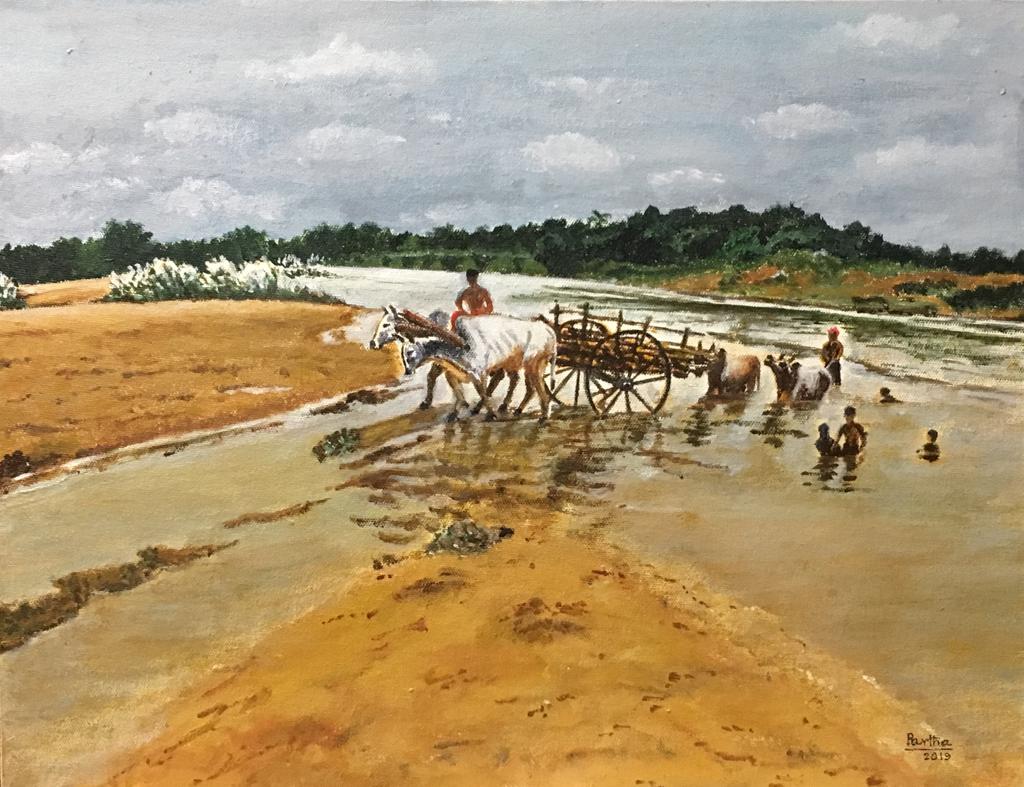
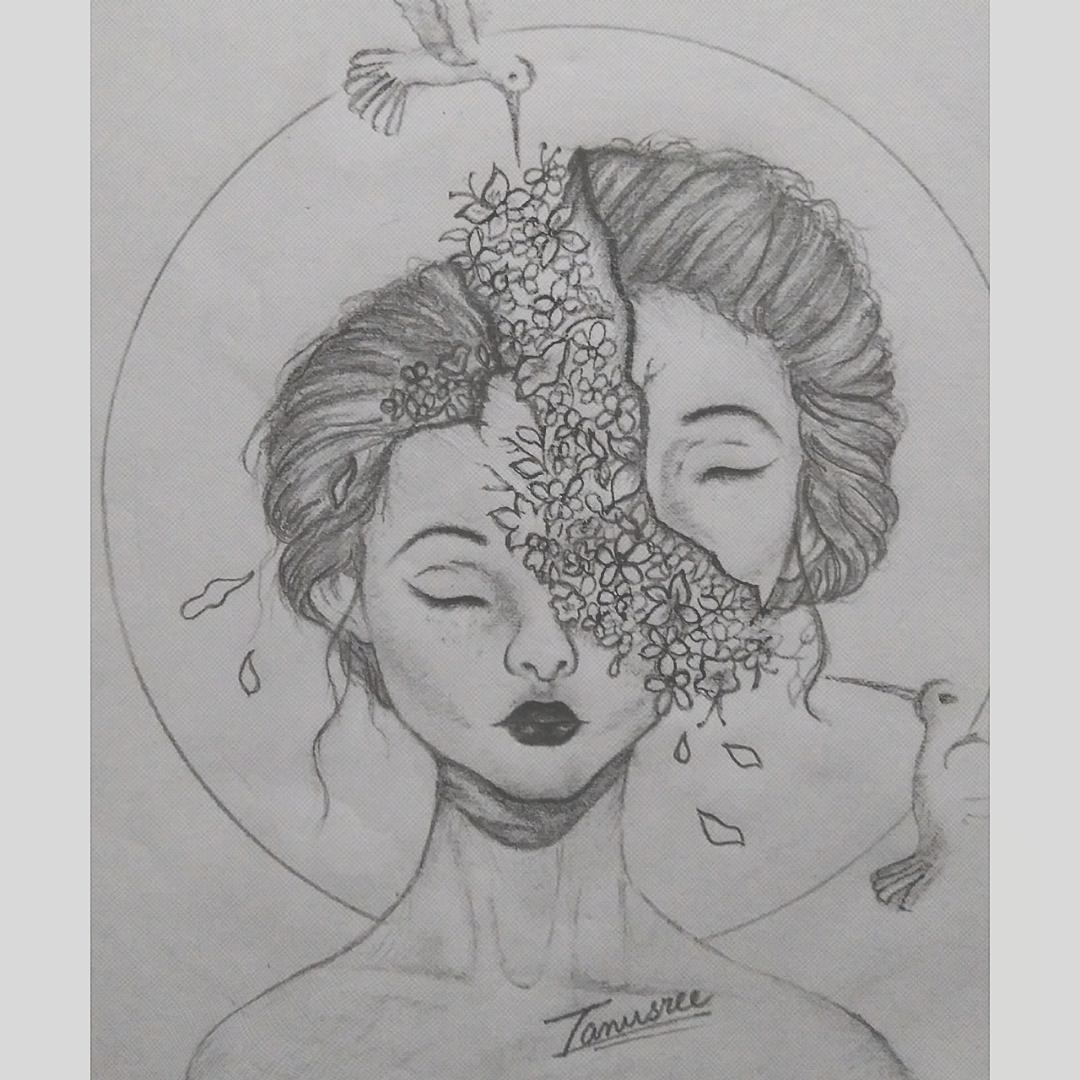
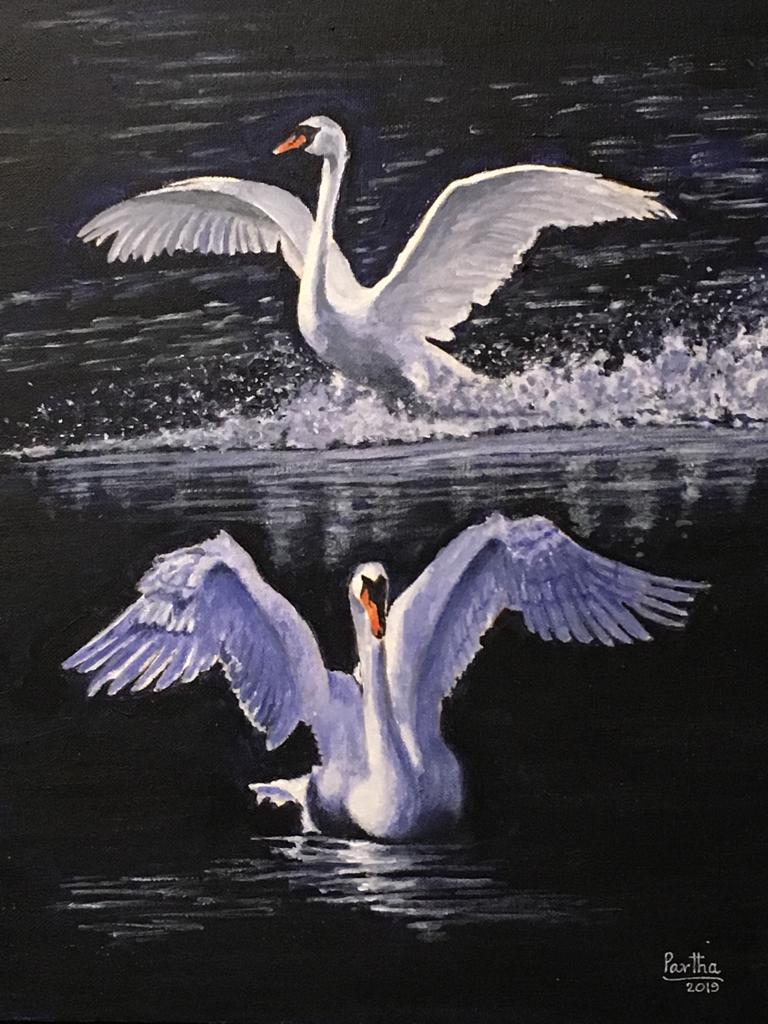
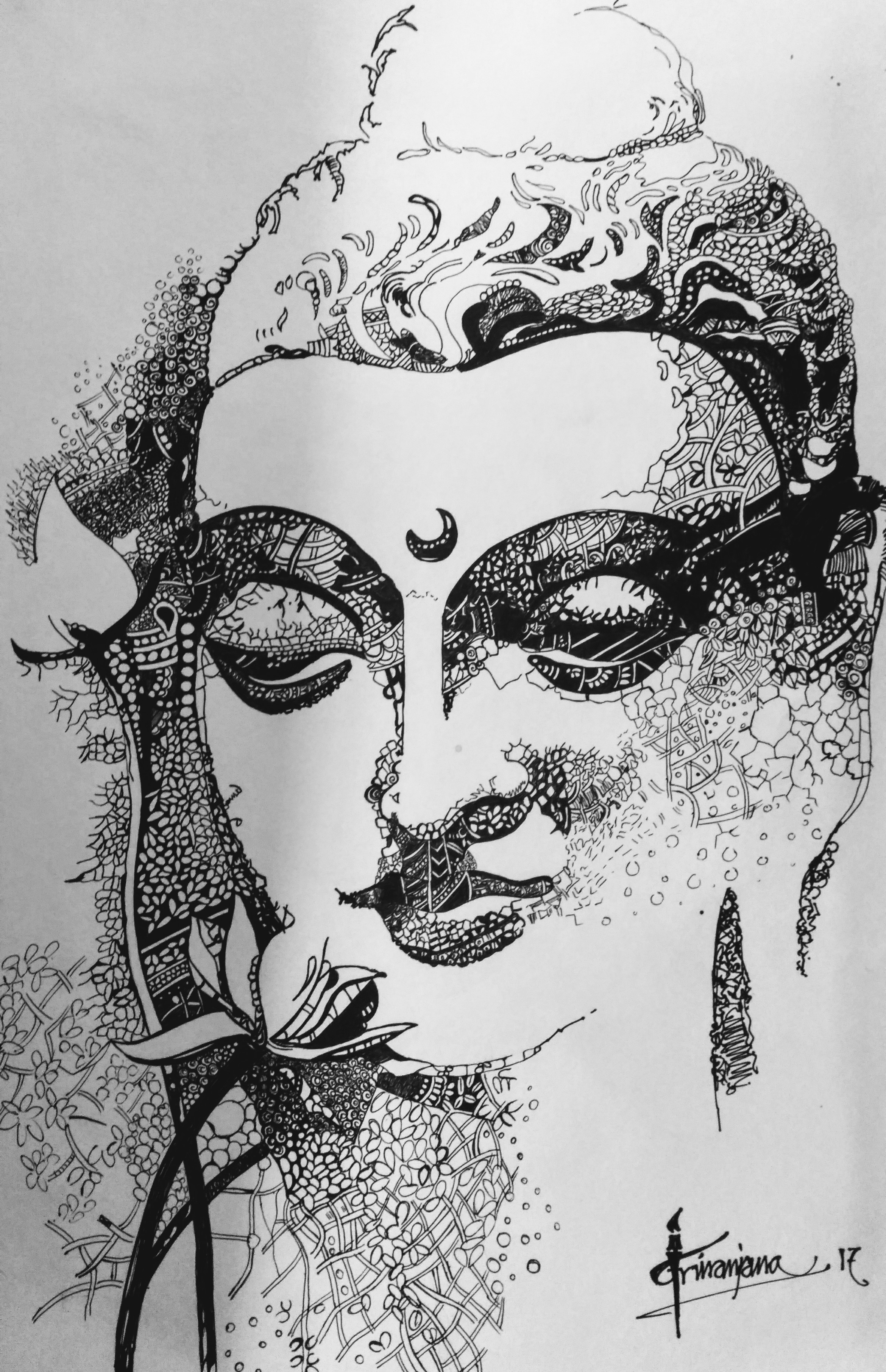


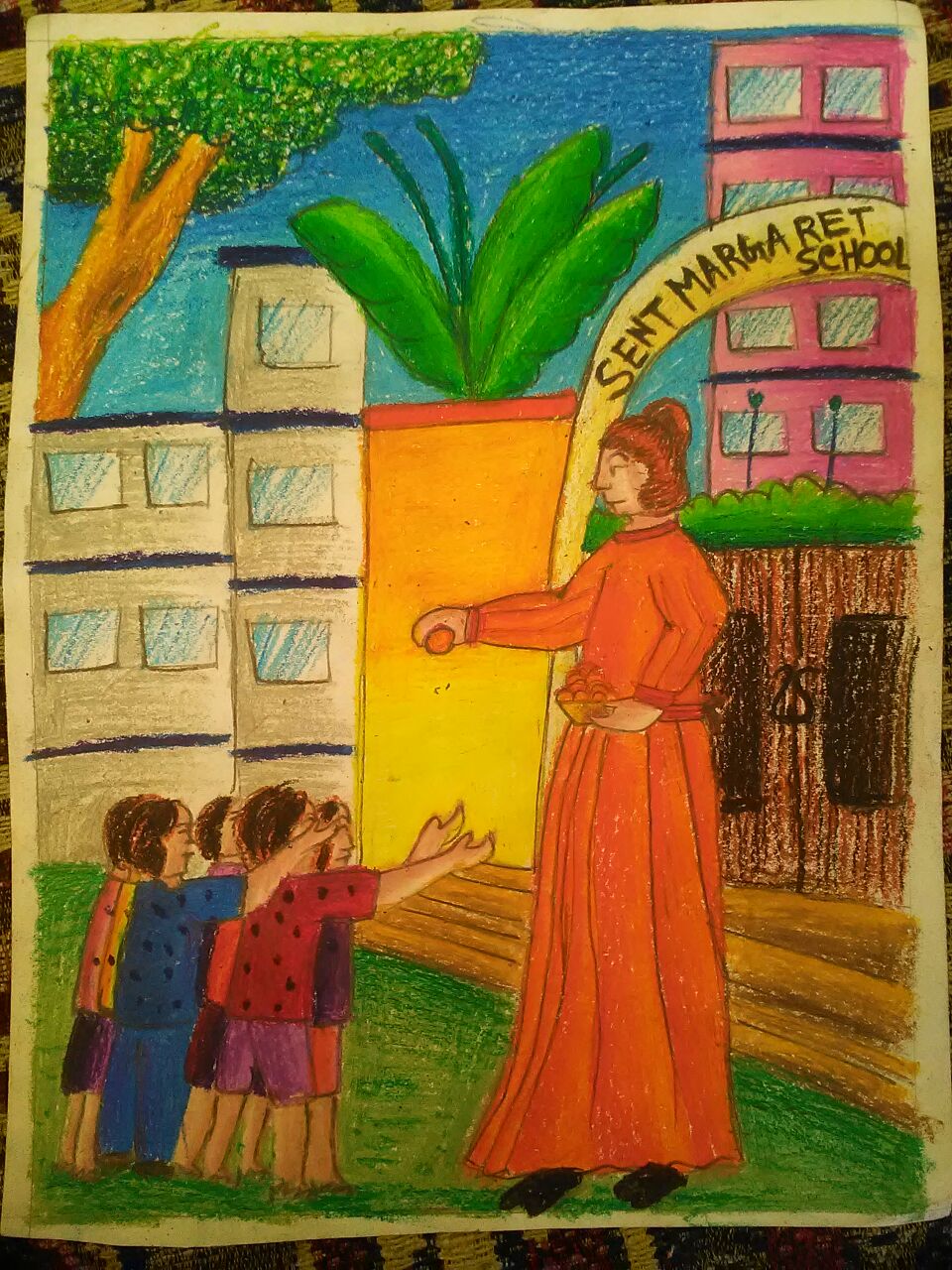

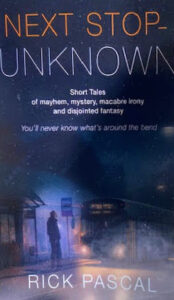

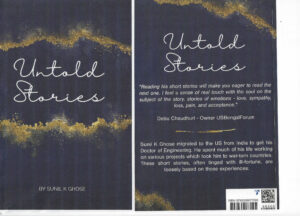
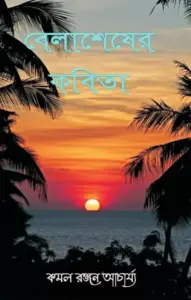
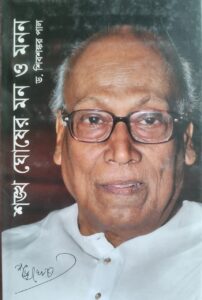

Comments »
No comments yet.
RSS feed for comments on this post. TrackBack URL
Leave a comment